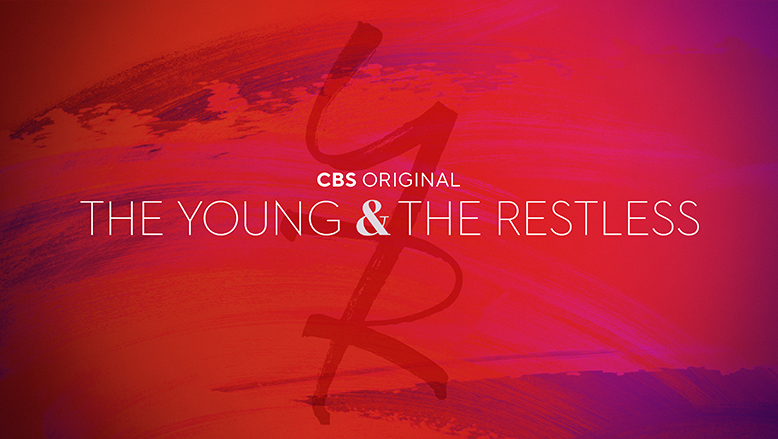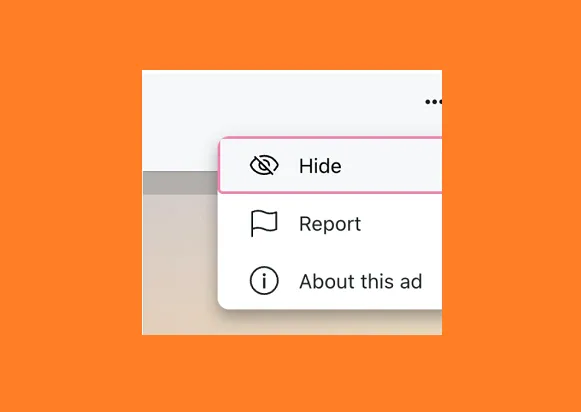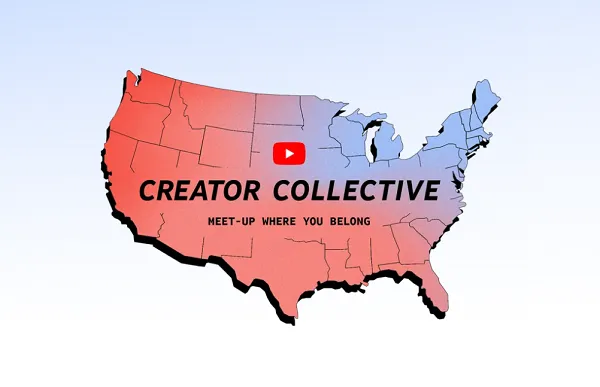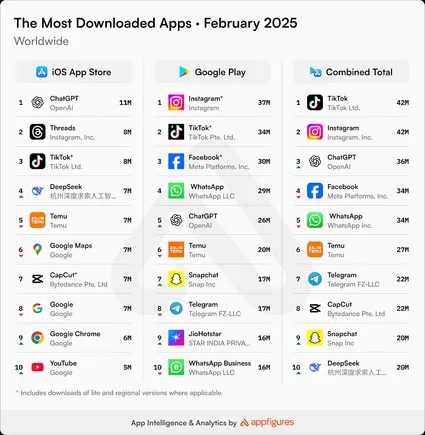
“Blockchain technology” has undoubtedly been discussed in relation to cryptocurrencies like Bitcoin during the last few years. You must educate yourself about this emerging technology to prepare for the day when blockchain technology matures and becomes more user-friendly. You may even be curious about the meaning and functions of blockchain technology. As there is no concrete meaning that the average person can readily comprehend, blockchain is a platitude, but only in a hypothetical sense.
If you’re new to blockchain, this is the best place to learn the basics. In this article, we will cover the basic information about blockchain and its functions.
What is Blockchain Technology?
A method for keeping records called blockchain makes it difficult to hack or fake the system or the data stored on it, making it secure and immutable. For storing data, a blockchain serves as a digital database. It is a specific form of distributed ledger technology (DLT), a digital platform for continuously logging transactions and related data across many sites. Maintaining a safe and decentralized record of transactions in cryptocurrency systems like Bitcoin is the most well-known application of blockchain technology. By guaranteeing the integrity and security of a data record, a blockchain builds confidence without the need for a trustworthy third party.
On a blockchain, data is arranged very differently from how it is usually arranged. Elements, which are the basic building blocks of a blockchain, are used to collect data. Blocks have predefined storage capacities. When a block is complete, it is sealed and linked to the block before it forms the data chain known as the blockchain. Following that freshly added block, all subsequent information is merged to produce a new block, which is then added to the chain whenever it is finished.
A database typically arranges its data into tables, but a blockchain, as its name indicates, divides its data into linked bits (blocks). As blocks are added to the chain, they receive a precise timestamp. A completed block is sealed forever and entered into the timeline. This data format intentionally produces an irreversible chronology of data when it is employed in a decentralized way. This data format intentionally produces an irreversible chronology of data when it is employed in a decentralized way.
How Does Blockchain Work?
Blockchain technology is an innovative way to store and protect important information. Basically, it works by creating a chain of blocks that connect together. Each block contains a signature that links it to the previous block, creating an immutable chain of data.
In order to understand how blockchain works, it’s important to understand what a “block” is. A block is a digital record containing a timestamp, a data set, and a unique identifying code. The code is known as a “hash” and is generated using complex algorithms. Every time a new block is added to the chain, it is digitally signed by the creator to ensure its authenticity and security.
The blockchain network is decentralized, meaning any single entity does not manage it. Instead, users of the network must agree on the validity of any new blocks that are added. This consensus is achieved through mining, in which powerful computers compete to generate a valid hash code. The first person to find the solution receives bitcoins. The block is added to the chain, establishing a record and allowing users to transfer and store their data securely.
By using a blockchain network, you can track and verify information without relying on any single entity to hold the data. This makes blockchain technology highly secure and virtually immune to cyberattacks. This is why blockchain is gaining traction in the fields of finance and healthcare, where data accuracy and security are paramount.
So, in short, blockchain is a secure and immutable way to store data on a decentralized network. It is quickly revolutionizing how we store and transfer data securely and is proving useful in various industries.
Wrap Up
Blockchain is finally establishing itself, in no little part, because of bitcoin and cryptocurrencies, with several real-world uses for the technology now being deployed and researched. Blockchain, a phrase on everyone’s lips as an investor in the country, promises to reduce mediators while increasing accuracy, efficiency, security, and cost-effectiveness in commercial and government activities.
It’s no longer a matter of if legacy organizations will adopt blockchain technology—it’s a question of when—as we get ready to enter the third decade of the technology. It is becoming more and more common nowadays to use NFTs and tokenize assets. The blockchain will grow significantly during the coming decades.
Join us for more tech updates by visiting onpassive.com.







































































